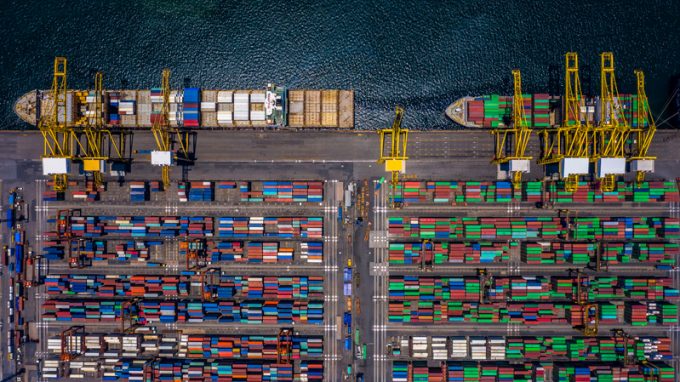The Loadstar Podcast | Transport Logistic and Air Cargo Europe 2025
Missed Munich? Or too many meetings to get out on the floor? In this episode ...

Analysts are marking down growth forecasts for the container sector following a disappointing first half-year and increasing concern about a “damp squib” peak season.
Drewry’s recent Container Forecaster highlights a “series of existential fears” beginning to appear, “which could dent demand for shipping in the future”.
The new ...
Four crew members still missing as Wan Hai 503 continues to burn
Explosions and 'out-of-control' fire reported on Wan Hai box ship
Predatory rivals circle as the ripples from DSV's Schenker buy widen
MSC Elsa crew face criminal probe, as Wan Hai 503 firefighters battle on
'It's driving us mad', say forwarders as US court fails to end tariff turmoil
Transpacific rates ease as capacity boost proves too much for trades to digest
European port congestion easing – for now
CMA CGM 'testing the water' of the Suez Canal for more services
Flexport: Sanne Manders talks profitability, fire-sales and Dave Clark
DSV insiders hit back at Kuehne & DHL GF – got a 'pro integration' going
More legal trouble in India for MSC: feeder vessel detained after box ship disasters
EXCLUSIVE: Schenker top exec departs 'One DSV' – fishing continues (Part 1)

Comment on this article